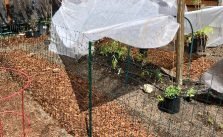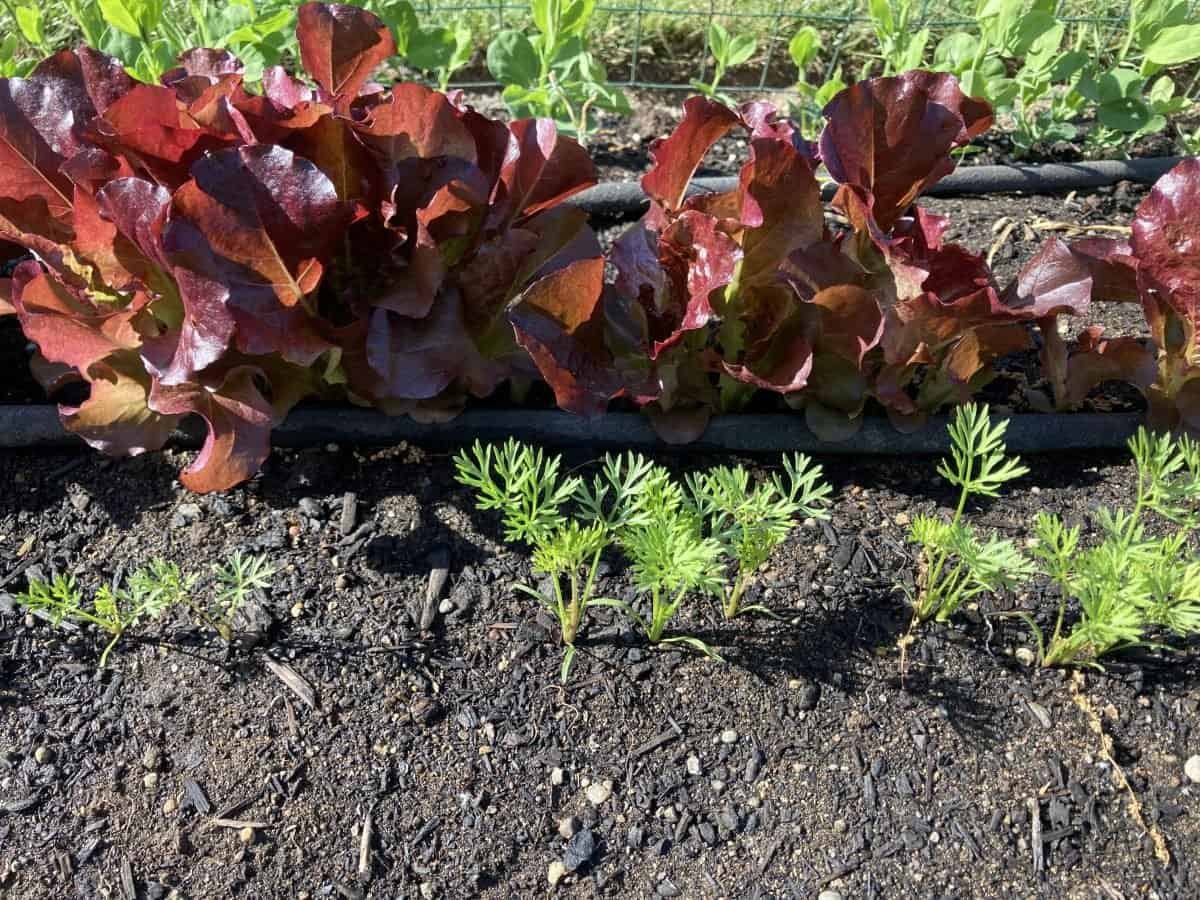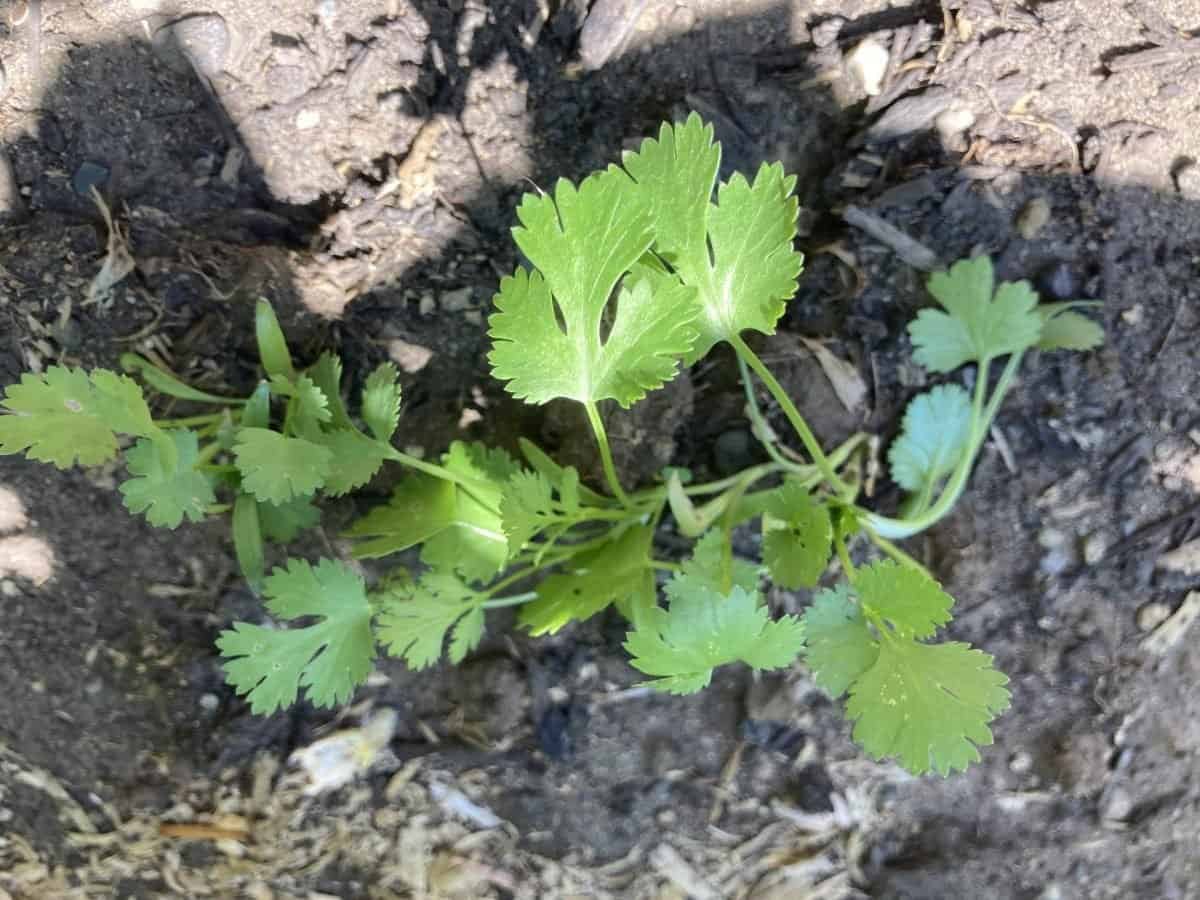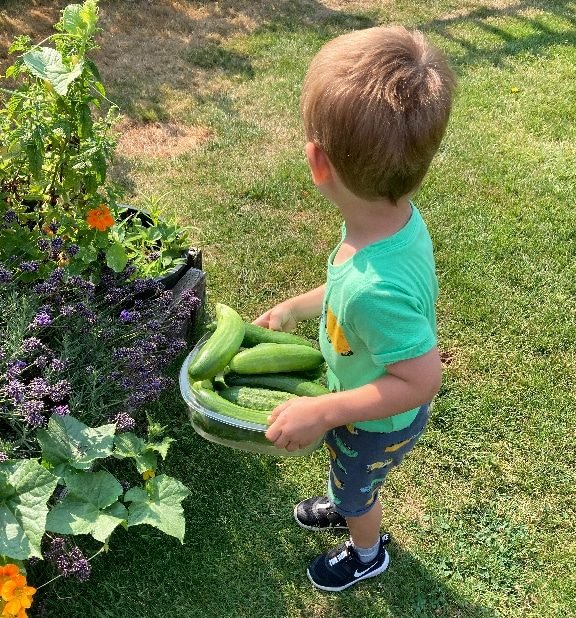How to Avoid These Pitfalls for a Successful Harvest
Growing a vegetable garden can be a rewarding experience, but it’s not always easy. Even experienced gardeners can make mistakes that can affect the success of their harvest. In this article, we will explore some of the most common vegetable garden mistakes and how to avoid them.
One of the most common mistakes that gardeners make is not preparing the soil properly. Soil that is too compacted or lacks nutrients can lead to poor plant growth and lower yields. Another mistake is planting vegetables too close together, which can lead to overcrowding and competition for resources. This can stunt the growth of plants and make them more susceptible to disease and pests.
Another mistake that many gardeners make is not watering their plants enough or watering them too much. Both of these can be detrimental to plant growth and health. Overwatering can lead to root rot and other fungal diseases, while under-watering can cause plants to wilt and die. By being aware of these common mistakes and taking steps to avoid them, gardeners can increase their chances of a successful harvest.
What Are the Most Common Vegetable Garden Mistakes? Below we will explain and provide ways to avoid them to bring more joy to you when gardening.
Planning Your Vegetable Garden
When planning your vegetable garden, there are a few key things to keep in mind to ensure a successful harvest. This section will cover important considerations such as choosing the right location, deciding on the right vegetables, proper spacing, and planting.

Choosing the Right Location
The location of your vegetable garden is crucial to its success. It should receive at least six hours of sunlight per day and be well-drained. Avoid areas that are prone to flooding or have poor drainage. Additionally, consider factors such as proximity to a water source and accessibility for maintenance.
Deciding on the Right Vegetables
Choosing the right vegetables for your garden is another important consideration. Consider the climate and soil conditions in your area, as well as your personal preferences. It’s also important to think about the amount of space each plant will require and how much yield you can expect from each variety.
Proper Spacing
Proper spacing is essential to allow each plant to grow to its full potential. Be sure to follow the recommended spacing guidelines for each type of vegetable you are planting. This will help prevent overcrowding, which can lead to disease and poor yields. The key to proper spacing is to allow good air flow to prevent diseases.
Planting
When planting your vegetables, it’s important to follow the recommended planting depth and spacing. Be sure to water your plants regularly and fertilize them as needed. Additionally, consider using companion planting techniques to maximize your yields and prevent pest problems.
By taking the time to plan your vegetable garden properly, you can avoid common mistakes and enjoy a bountiful harvest.
Maintenance Mistakes to Avoid
When it comes to maintaining a vegetable garden, there are several mistakes that can hinder its productivity. Here are some common maintenance mistakes to avoid:
Overwatering and Underwatering
Overwatering and underwatering are two common mistakes that can harm a vegetable garden. Overwatering can lead to root rot, while underwatering can cause the plants to wilt and die. The key is to find the right balance and water the plants only when needed.
One way to determine if a plant needs water is to check the soil moisture level. Stick a finger into the soil about an inch deep. If it feels dry, it’s time to water. If it’s still moist, wait a day or two before checking again.
Typically your vegetable plants will need about 1 inch per week.
Fertilizing Errors
Fertilizing can be beneficial for a vegetable garden, but it’s important to do it correctly. One common mistake is using too much fertilizer, which can burn the plants and damage the soil. Another mistake is not fertilizing at all, which can lead to nutrient deficiencies and poor plant growth.
To avoid these mistakes, it’s important to follow the instructions on the fertilizer package. Use the recommended amount and apply it evenly around the plants. It’s also important to choose the right type of fertilizer for the plants and soil.
Not Controlling Pests and Diseases
Pests and diseases can quickly spread throughout a vegetable garden and cause damage to the plants. One mistake is not identifying and controlling these problems early on.
To avoid this mistake, it’s important to regularly inspect the plants for any signs of pests or diseases. Use natural methods, such as companion planting or introducing beneficial insects, to control pests. For diseases, remove any infected plants and avoid planting susceptible plants in the same area.
By avoiding these maintenance mistakes, a vegetable garden can thrive and produce a bountiful harvest.
Not Weeding Regularly
It is critical to remove weeds so that your plants are not competing for nutrients and water with weeds. It is best to pull the weeds when they are young making it easier to remove them.
Harvesting Errors
When it comes to vegetable gardening, harvesting is one of the most important aspects. However, even experienced gardeners can make mistakes when it comes to harvesting their crops. Here are some common harvesting errors to avoid:
Picking Vegetables at the Wrong Time
One of the most common mistakes gardeners make is picking vegetables at the wrong time. It’s important to know when your vegetables are ready to be harvested. If you pick them too early, they may not have reached their full flavor or size. On the other hand, if you wait too long, they may become overripe and lose their flavor.
Be sure to harvest in the morning when it is cooler which not only provides you better quality vegetables but causes less stress on the plants.
Not Harvesting Enough or Harvesting Too Much
Another mistake gardeners make is not harvesting enough or harvesting too much. If you don’t harvest your vegetables regularly, they may become overripe or attract pests. On the other hand, if you harvest too much at once, you may end up with more than you can use or store properly.
Not Storing Vegetables Properly
Finally, not storing vegetables properly can also lead to problems. Some vegetables need to be stored in a cool, dark place, while others need to be refrigerated. If you don’t store your vegetables properly, they may spoil or lose their flavor.
To avoid these harvesting errors, it’s important to know when your vegetables are ready to be harvested, harvest them regularly, and store them properly. By doing so, you can enjoy a bountiful harvest of fresh, flavorful vegetables all season long.
| Common Harvesting Errors |
|---|
| Picking vegetables at the wrong time |
| Not harvesting enough or harvesting too much |
| Not storing vegetables properly |
Overall, it’s important to pay attention to your vegetables and harvest them at the right time. By doing so, you can enjoy the fruits of your labor and avoid common harvesting errors.
Conclusion
In conclusion, there are several common mistakes that vegetable gardeners make that can lead to poor yields and unhealthy plants. By avoiding these mistakes, gardeners can increase their chances of success and enjoy a bountiful harvest.
One of the most common mistakes is over-fertilizing. While it may seem like more fertilizer will lead to better growth, too much can actually harm plants and lead to nutrient imbalances. Gardeners should always follow the recommended application rates on fertilizer packages and avoid using too much.
Another mistake is not providing enough water. Vegetables need consistent moisture to thrive, and gardeners should make sure to water their plants regularly, especially during hot, dry weather. However, overwatering can also be a problem, so it’s important to find the right balance.
Planting too close together is another common mistake. While it may be tempting to pack in as many plants as possible, overcrowding can lead to stunted growth and disease. Gardeners should follow the recommended spacing guidelines for each type of vegetable and avoid overcrowding.
By avoiding the most common vegetable garden mistakes and following best practices for vegetable gardening, gardeners can enjoy a successful and productive harvest.




